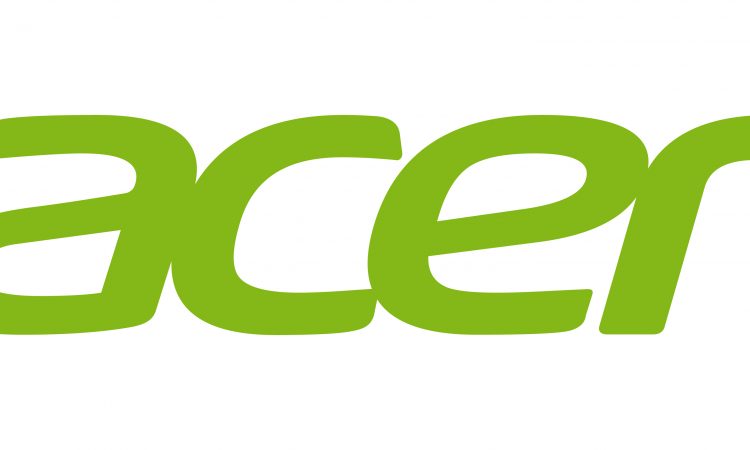
S Rajendran, Chief Marketing Officer, Acer India, spoke highly about the company’s strategy related to channels and the impact it has had on the overall growth strategies. In a chat with Channel Times on the sidelines of a new product launch, Rajendran discussed some of the aspects of his company’s performance and the future. Excerpts from the chat…
CT: Can you describe Acer’s Channel Philosophy
Rajendran: We have our products reaching customers through distributors and channel partners, not in a direct mode. Over time, this Channel community has been refined depending on how customers value the last mile of purchase. Retail is one of them. We also have Value Added Resellers (VAR) who probably cater to the lowest spectrum of the commercial purchase space.
We also have system integration partners who would probably take big projects like banking, governance or education – who are able to bring the actual value of logistics service delivery, installation and the likes. So, channel is very important, but over time they have refined the level of characterization depending on what the customers’ value impact on the channels.
CT: How does the Acer channel system work?
Rajendran:In Retail, we have about 350 Acer branded stores. We started something called an Acer Galleries to reach out to the customers in small towns (tier II to tier III cities) and that numbers another 2000. That is really big because we really wanted to have our presence there and slowly build up the business model. In big towns, its called Acer Malls and Acer Points.
Talking about large format retailers (LFRs), we have a good time with all the LFRs and whatever is their chain expansion, we support them. Reliance says they are going to have 150 stores by middle of next year, we will surely there with them. Croma plans about 80, and now talking about 100 stores sometime in the first quarter, so we will be there in those additional 100 or 150 touch points.
Can you elaborate on your focus for system integrators
Rajendran: For system integration partners, again we are depending on various verticals. In banking, we could have PCS or CMS; in governance projects, we have companies like Infosys or TCS; in education, we have long term partners like NIIT. We have a refined set of channel partners in place depending on the verticals that touches the customers.
The value which we are proposing gets flown to the customer without any dilution. When it is a retail partner, we focus on in-store or buying, shopping, or ambiance experience and when it comes to system integration, it goes into a very ration mode of executing installation process or the delivery timings.
What’s your take on the overall service quality
Rajendran:Service delivery is indirect. When we talk about tech support, we have a call center. For diagnostics, we have mother board repair facilities. The back end is very beefed up to get into the technical details. In service delivery, one can go into an Acer authorized support partner, called the ASP network. We have about 400 ASPs across the country. As a case reaches an ASP, the center looks into the matter with due diligence to check the issue, warranty, and decides if the problem can be fixed. And then the delivery mechanism is routed through the channels. There again, its indirect.
What would be the Channel Strategy for ICONIA W4
Rajendran:There is no dramatic change in the channel strategy for ICONIA W4. Whatever I may speak about this product, people would not be able to related to unless they see the benefits of the innovative technologies (like IPS or Zero Air Gap) that we have brought into this product. So, we are pumping in a lot of money into the below-the-line (BTL) marketing activities so that customers are able to understand and appreciate the experience of the product before spending money on it. It’s all in the experience layer and by virtue of that, we are refining the retail outlets to be more fine-tuned to deliver this experience with minimal dilution. That is the Channel strategy in the first place.
